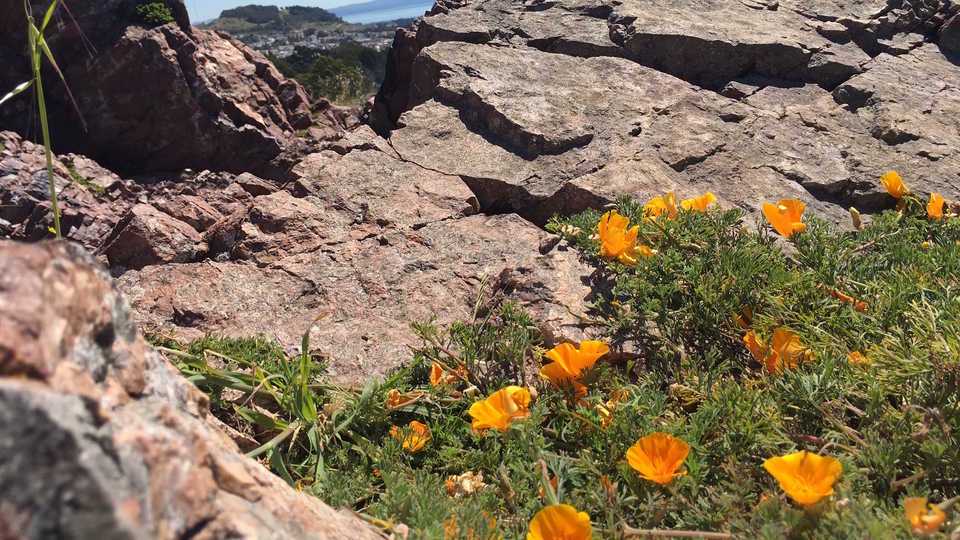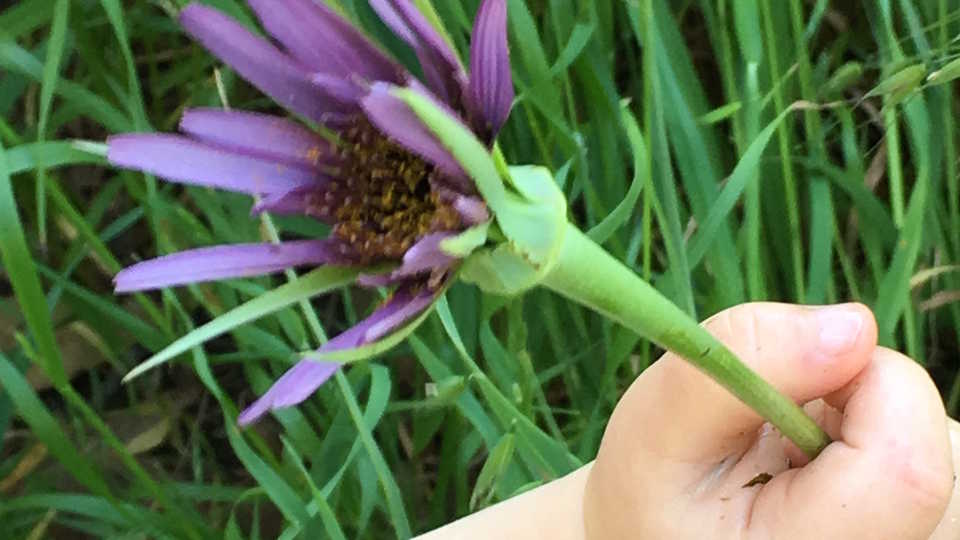Science News
Urban Wildlife Competition
The results are in and it’s official: Los Angeles beat San Francisco! We’re not talking about baseball, celebrities, or the cost-of-living (yikes!), we’re talking about the number of observations of wildlife in our urban backyards.
Last week, Bay Area residents and Angelenos went head-to-head in the City Nature Challenge. Hosted on the app iNaturalist (also called iNat), and led by the California Academy of Sciences in the north, and the Natural History Museum in the south, this fierce competition was a battle among citizen scientists to document species in their neighborhoods.
Over one thousand people participated, submitting pictures and identifications of plants, animals, and fungi. “In just this one week, we added more than 20,000 new observations to iNaturalist!” says Academy citizen science coordinator Alison Young. “During this same week last year, there were only 2,397 observations made in the Bay Area and L.A. County, really highlighting how excited people were to take part in this competition.”
Young and the citizen science team here are good friends and collaborators with their counterparts at the Natural History Museum. “When the Citizen Science Association, in celebration of the White House formally accepting citizen science (there’s even citizenscience.gov now!), announced a National Citizen Science Day for April 16, we thought this would be the perfect chance to do something big that engaged both L.A. County and the San Francisco Bay Area—and capitalize a bit on the friendly rivalry between the two cities, as well,” Young explains. “The competition aspect of it definitely was a motivating factor, but we got so many comments from people about how much they enjoyed feeling a part of this community working toward something, and how the City Nature Challenge was really making them pay attention and look for as many species as possible.”
At one point, the Bay Area had a 2,000-plus observation lead over L.A., but as the week continued, southern Californians, including celebrities such as Moby, closed the gap. Across both regions, contributors found 2,619 species, 642 of which were found in both the San Francisco Bay Area and L.A. County, highlighting our shared species (such as western fence lizards and our state flower, the California poppy), but also demonstrating our two regions’ uniqueness. They are ideal locations to study urban biodiversity since both regions sit in the California Floristic Province, one of the Earth’s 35 “Biodiversity Hotspots,” a Conservation International designation for an area with high biodiversity that is under extreme threat.
And who better to explore this hotspot than citizen scientists? “To really create a baseline of biodiversity—to know where species occur—just can’t be done by scientists alone; there are just not enough of them,” Young says. “The ONLY way to do this is to engage everyone—scientists, the public, families, adults, kids—to work together to document nature everywhere. Not just the nature in parks—that's important, too—but it’s just as important to know what species are found in cities, in your backyard, in your schoolyard—everywhere. Because knowing where species occur today and comparing that to what we know about where species occurred in the past (via university and museum collections) can give us a better understanding of where we might sustain species in the future as our planet is changing. You simply can’t save something if you don’t know where it is!”
The findings were varied, from plants—such as nodding needle grassup north—to animals—such as mating alligator lizards in the south. From San Francisco, highlights include sightings of two endangered, iconic Bay area species, the Mission blue butterfly and the San Francisco garter snake. In Los Angeles, famed P-22—the Griffith Park mountain lion—appeared on camera trap footage on the last night of the contest.
Don’t worry if you missed the event or live in another urban area. There’s always next year. “We had a lot of requests during this year’s City Nature Challenge to make the next one national; people in New York City, Philadelphia, Vermont, Raleigh, Texas, Washington, D.C., and many other places were asking if we could involve their regions next year,” Young says. “We’re hoping that the City Nature Challenge can become an annual, nationwide (and even international) event for Citizen Science Day!”
You’re going down next year, L.A.!
Image(s): Liam O'Brien, Rebecca Johnson and Alison Young


